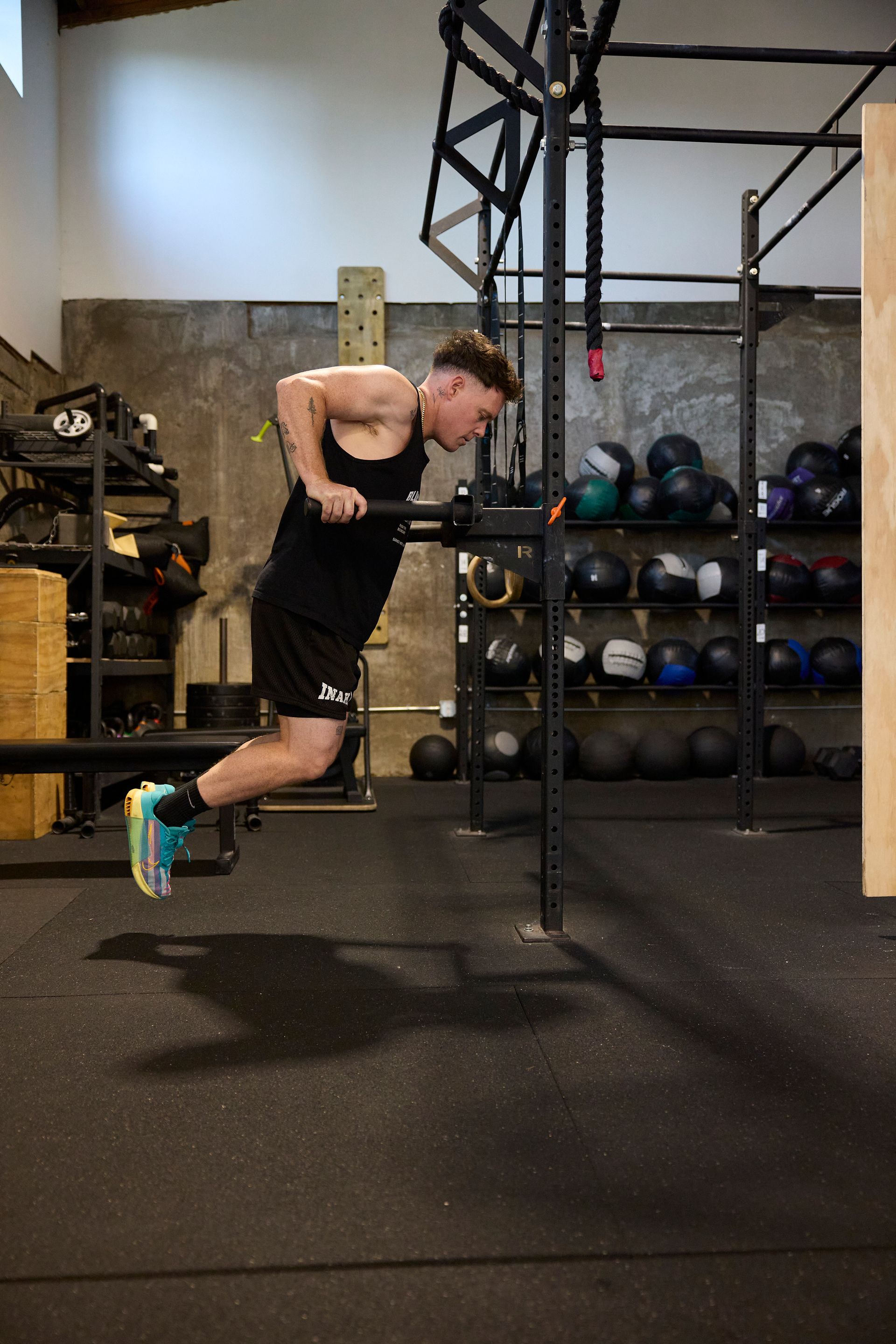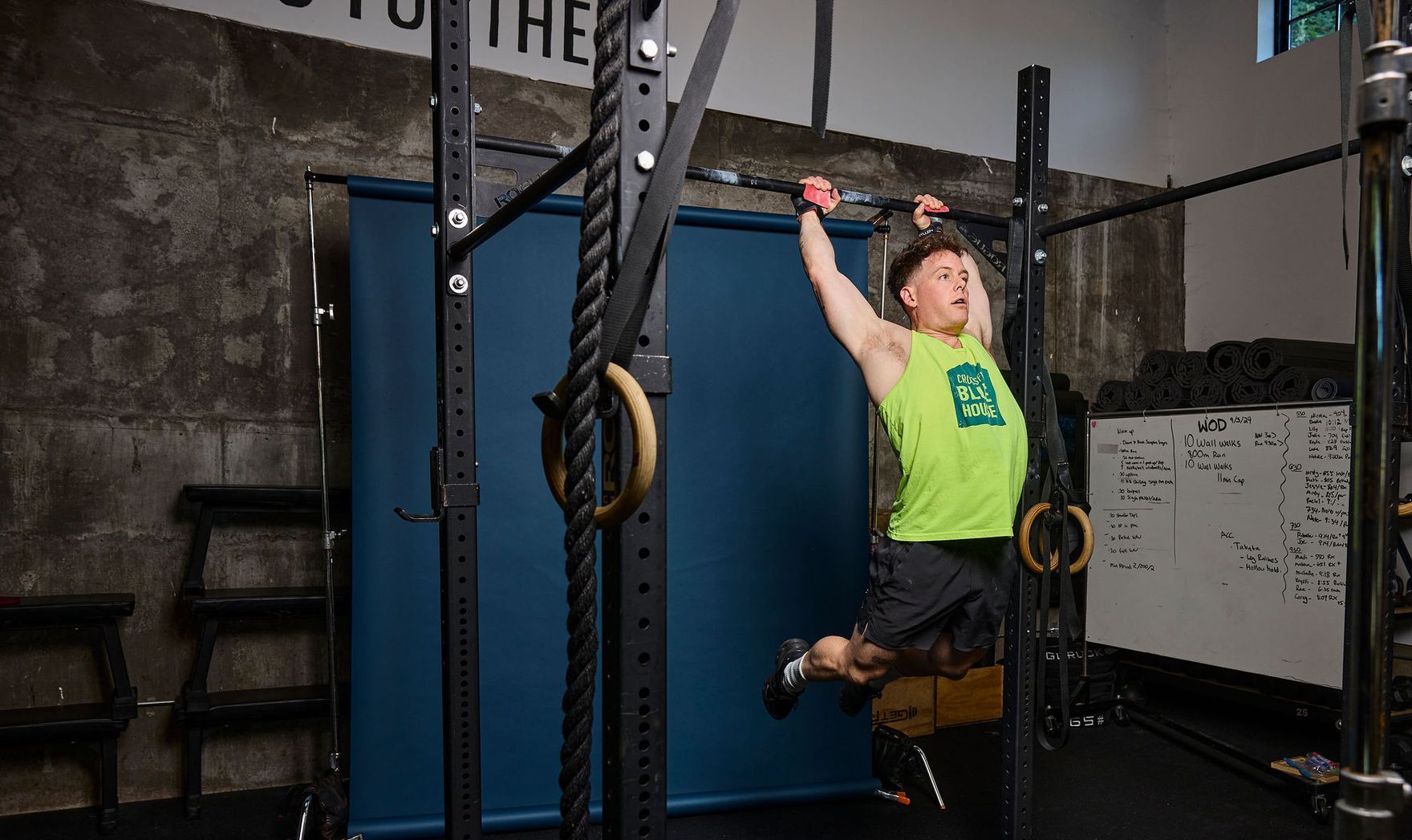Movement that makes sense.
Here at Blue House we are obsessed with helping people move more so they can live their best life longer. Our approach is simple: we believe that personalized programing and coaching is the most effective way to achieve your goals. Meeting people wherever they're at on the journey is foundational here at Blue House, and we do this with client-centric personalized programming.
Mechanics. Consistency. Intensity.
How to Get Started
Book a consult.
If you’re new to Crossfit, we recommend book a free consultation to learn more about our onramp process and prices. We will walk you through our values, approach, goals and more. If you’re familiar with the complexity of the Crossfit prescription, and interested in our nutrition and recovery services, get in touch today!
Memberships.
Once the onramp process is completed, choose between different membership tiers starting at $205 up to $300 for for our Personalized Programming service. You can also book 1:1 personal training sessions, nutrition coaching, and recovery services anytime. Non-members are allowed to drop-in for session for $30.
Schedule.
We offer weekly group, kids, personal training, and onramp packages for beginners. Check out our full class schedule below. You’re welcome to drop-in for a class, but we highly recommend you start with our onramp process first. We believe in mastering the mechanics, consistently before adding intensity.
Program Benefits
Community
You will have a network of people to connect with about your progress and goals. Get lifestyle advice from other class members, push each other, or hang out after training. We are big believers that moving in connection with other people is a powerful formula for whole body wellness.
Personalized programming
Our coaches have years of sport and CrossFit training experience, the certifications range from L1 to L3, and years of expertise under their belt that enables us to do personalized programming for every member. Whether your goals are gaining muscle, improving cardiovascular health, aerobic capacity, weight management, longevity or sport-specific goals (Hyrox, Crossfit, rockclimbing, etc)) our personalized programming will help you achieve your desired outcomes.
Adaptability
Our workouts are adaptable to any fitness level, from beginners to advanced athletes. All movements can be modified to accommodate any physical limitations or injuries.
FACILITY + Equipment
We built our 6,500 sq ft facility from the ground up, with the goal of being one of the most premium gyms in Portland. We're proud to call this space our home, and we value having a clean movement floor with the best equipment. Our Facility Manager works hard every week to ensure all equipment is maintained, cleaned and serviced so our members can enjoy all the amenities we have to offer.
Get in touch today.
Fill out the form below to get started at Blue House Fitness. Once we receive your completed form, a coach will reach out to introduce themselves, gather more info, make a plan that is specifically designed for you, and start training!
Journal





